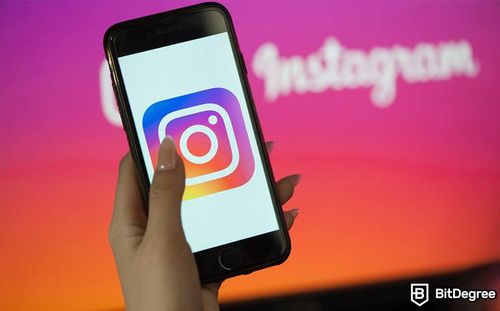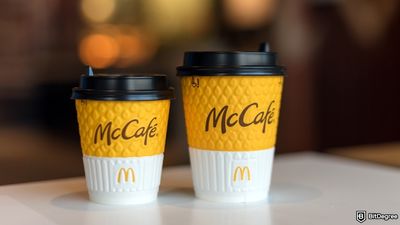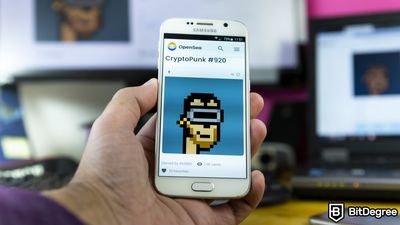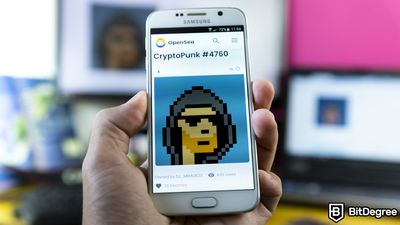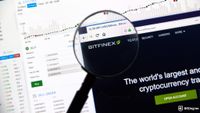META to expand its Instagram NFT feature, allowing users to mint, sell, and showcase their digital collectibles.
Meta Platforms (META), an American multinational technology company formerly known as Facebook, has revealed its plans to allow creators to mint, sell and show non-fungible tokens (NFTs) on Instagram.
According to the announcement shared on November 2nd, the new feature will allow users to sell their NFTs on and off Instagram.

Did you know?
Want to get smarter & wealthier with crypto?
Subscribe - We publish new crypto explainer videos every week!
What is Curve Finance in Crypto? (Animated Explanation)
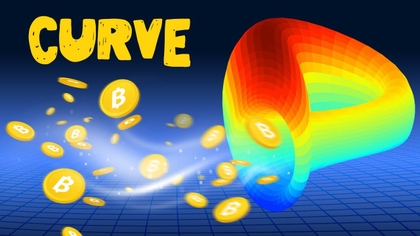

Moreover, based on META, creators will receive an “end-to-end toolkit” for creating, showcasing, and selling their NFTs. Meta highlighted that the creation of NFTs will be available through the Polygon blockchain.
META noted that it is currently testing the feature with a small group of US creators. Moreover, Instagram users will be able to showcase their NFTs in video format, while NFT names and descriptions will be retrieved from OpenSea.
In the announcement, META revealed that it is also starting to support the Solana blockchain and its Phantom wallet. It is worth mentioning that META also supports blockchains, such as Ethereum (ETH), Polygon (MATIC), and Flow (FLOW).
META’s head of commerce and financial technology, Stephane Kasriel, shared a blog post breaking down the specifications of the new Instagram feature. Kasriel highlighted that META won’t charge fees for creating or selling NFTs until 2024. Moreover, the head of commerce and financial technology assured that META is ready to cover all blockchain fees.
However, Stephane Kasriel said that despite META not taking any fees for selling NFTs, all in-app purchases will be subject to app store fees. It is worth noting that Apple recently announced that it will be taking a 30% commission on in-app NFT sales.
In May, META announced that select Instagram creators and collectors can share their NFTs on Instagram. Later, in August, META expanded the support for this feature to 100 countries in the Middle East, Africa, Asia-Pacific, and the Americas.


